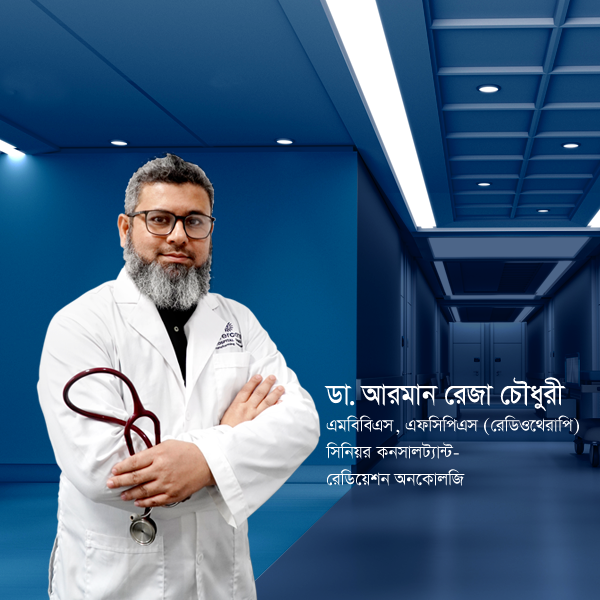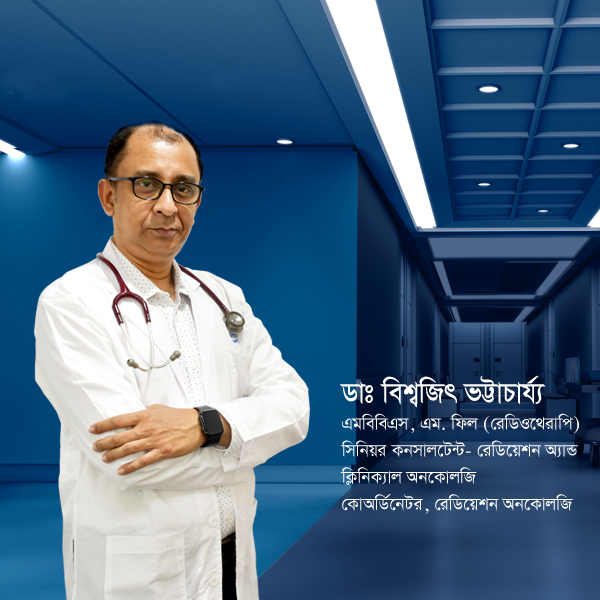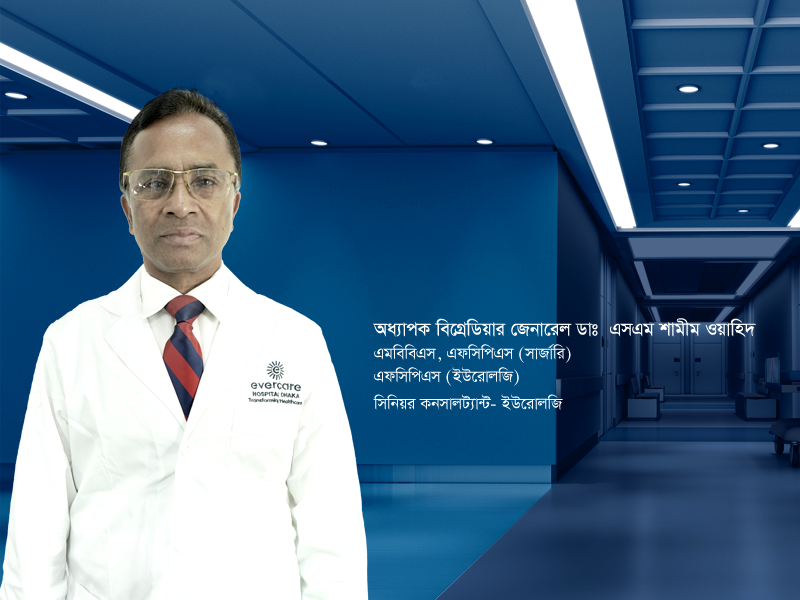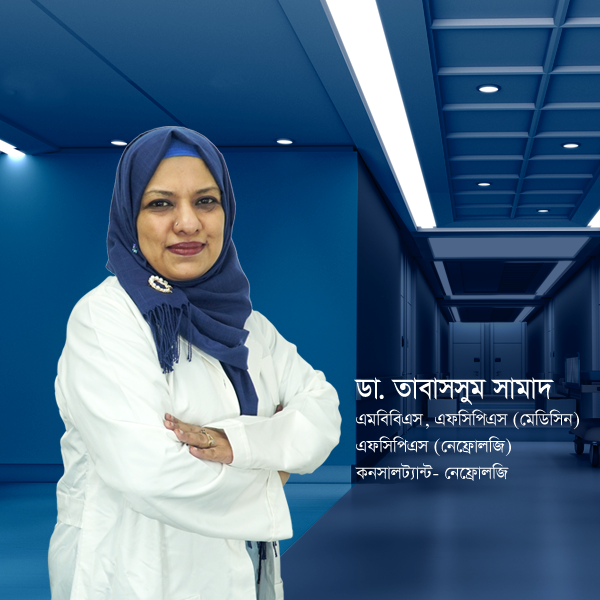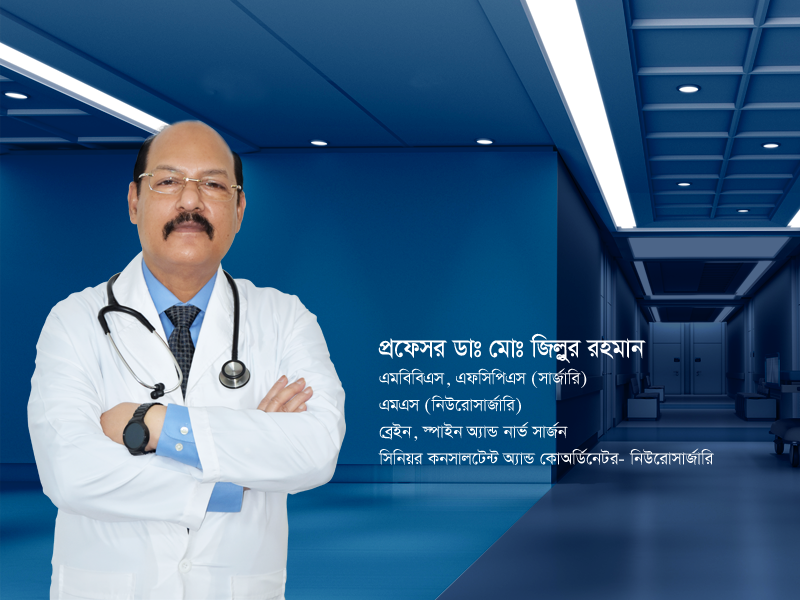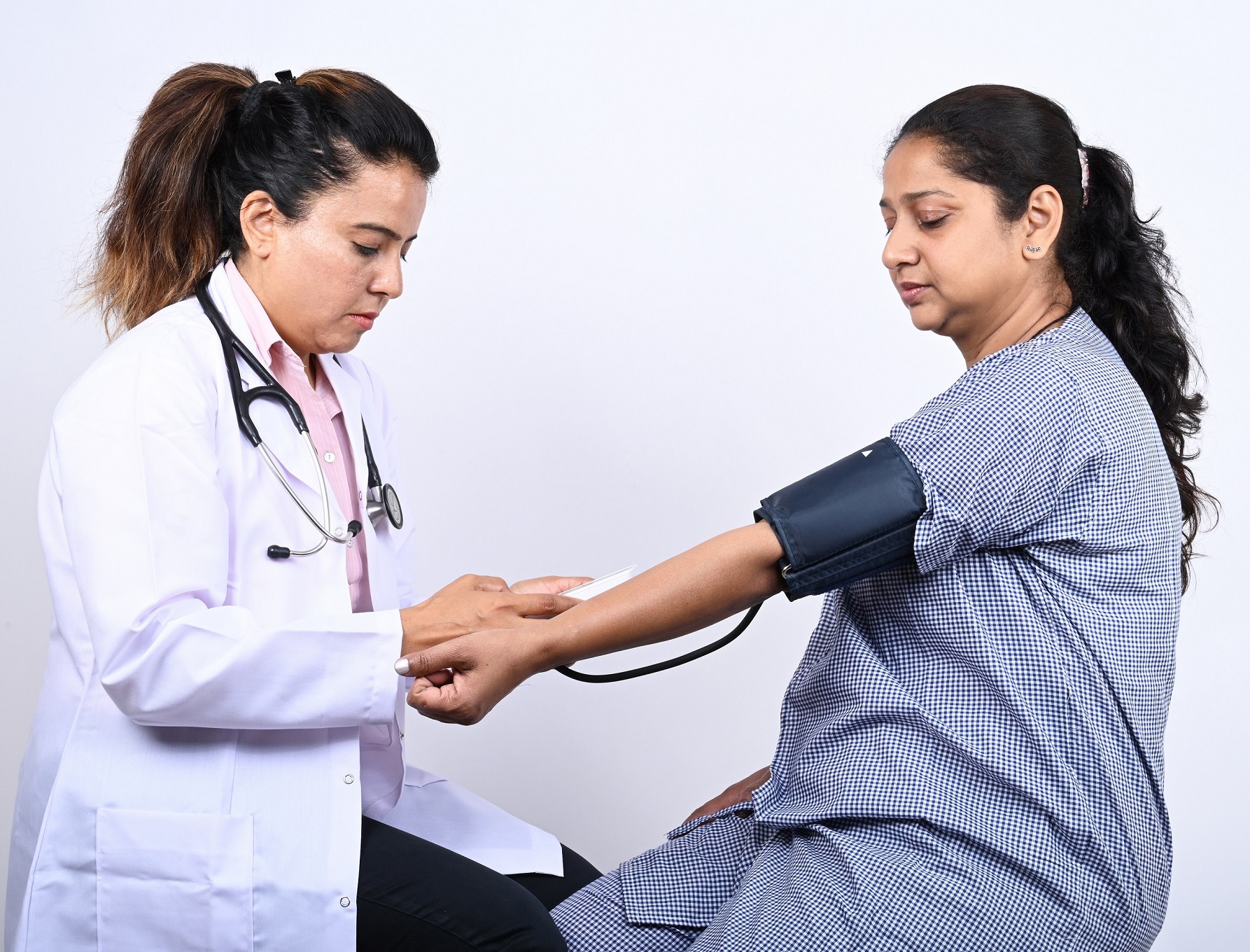ক্যানসার আধুনিক চিকিৎসা বিজ্ঞানের এক বড় চ্যালেঞ্জ। তবে বর্তমানে চিকিৎসাবিজ্ঞানের ব্যাপক অগ্রগতির ফলে ক্যানসার নির্ণয় ও চিকিৎসায় এসেছে যুগান্তকারী পরিবর্তন। এ পরিবর্তনের অন্যতম একটি হাতিয়ার হলো— রেডিওথেরাপি। বেশিরভাগ ক্যানসার চিকিৎসায় কোনো না কোনো পর্যায়ে রেডিওথেরাপির প্রয়োজন পড়ে। কিন্তু এখনো অনেকের মধ্যেই রেডিওথেরাপি নিয়ে নানা ভ্রান্ত ধারণা এবং অযৌক্তিক ভয় কাজ করে। আজ আমরা এসব প্রচলিত ভুল ধারণা ও বাস্তবতা নিয়ে কথা বলব—
১. রেডিওথেরাপি ক্যানসারের চেয়েও বেশি ক্ষতিকর— এটি একেবারেই ভুল ধারণা। আধুনিক রেডিওথেরাপিতে নির্দিষ্ট মাত্রায় তেজস্ক্রিয় রশ্মি ব্যবহার করে ক্যানসার কোষ ধ্বংস করা হয়, পাশের সুস্থ কোষগুলোকে যতটা সম্ভব রক্ষা করে। এটি একটি নিরাপদ ও নিয়ন্ত্রিত চিকিৎসা পদ্ধতি।
২. রেডিওথেরাপির পার্শ্বপ্রতিক্রিয়া অসহনীয়— রেডিওথেরাপিতে কিছু পার্শ্বপ্রতিক্রিয়া থাকতে পারে। তবে আধুনিক প্রযুক্তি যেমন আএমআরটি বা ভিএমএটি ব্যবহারে এসব অনেকটাই নিয়ন্ত্রণে রাখা সম্ভব। বেশিরভাগ রোগী স্বাভাবিক জীবনযাত্রা বজায় রেখেই চিকিৎসা নিতে পারেন।
৩. এটি কেবল শেষপর্যায়ে ব্যবহৃত হয়— রেডিওথেরাপি কেবল শেষপর্যায়ে নয়, প্রাথমিক পর্যায় থেকে শুরু করে অস্ত্রোপচারের পর কিংবা কেমোথেরাপির সঙ্গে একত্রেও ব্যবহৃত হয়। অনেক ক্ষেত্রেই এটি সম্পূর্ণ নিরাময়ে সহায়ক।
৪. একবার নেওয়ার পর আর নেওয়া যায় না— রোগ ফিরে এলে আধুনিক পদ্ধতিতে আবার রেডিওথেরাপি দেওয়া সম্ভব, যাকে বলা হয় ‘Re-Irradiation’।
৫. চুল পড়ে যায়— চুল পড়ে কেবল তখনই, যখন মাথা বা মস্তিষ্কে রেডিওথেরাপি দেওয়া হয়। শরীরের অন্য অংশে রেডিওথেরাপি দিলে মাথার চুল পড়ে না। অনেক ক্ষেত্রেই চুল পরে আবার গজিয়েও ওঠে।
৬. সব ক্যানসারে কাজ করে না— রেডিওথেরাপি সব ধরনের ক্যানসারে ব্যবহৃত না হলেও অধিকাংশ ক্ষেত্রেই এর প্রয়োজন পড়ে। বিশেষ করে স্তন, জরায়ুমুখ, ফুসফুস, মস্তিষ্ক, গলা ও প্রোস্টেট ক্যানসারে এটি অত্যন্ত কার্যকর।
৭. এটি সবার নাগালের বাইরে— রেডিওথেরাপি একটি ব্যয়বহুল চিকিৎসা হলেও দেশে অনেক সরকারি ও বেসরকারি হাসপাতালে এটি পাওয়া যায়। অনেক করপোরেট হাসপাতালেও কম খরচে এ সেবা দেওয়া হয়, যা অনেকেই জানেন না।
সঠিক তথ্যই সচেতনতার ভিত্তি— রেডিওথেরাপি নিয়ে অহেতুক ভয় বা ভুল তথ্যের কারণে অনেক রোগী গুরুত্বপূর্ণ চিকিৎসা থেকে বঞ্চিত হচ্ছেন। সময়মতো সঠিক সিদ্ধান্ত নেওয়া, সঠিক তথ্য জানা এবং চিকিৎসকের পরামর্শ মেনে চলাই ক্যানসার মোকাবিলার মূল চাবিকাঠি।
লেখকঃ
ডা. আরমান রেজা চৌধুরী
সিনিয়র কনসালটেন্ট
রেডিয়েশন অনকোলজি
এভারকেয়ার হসপিটাল ঢাকা।


